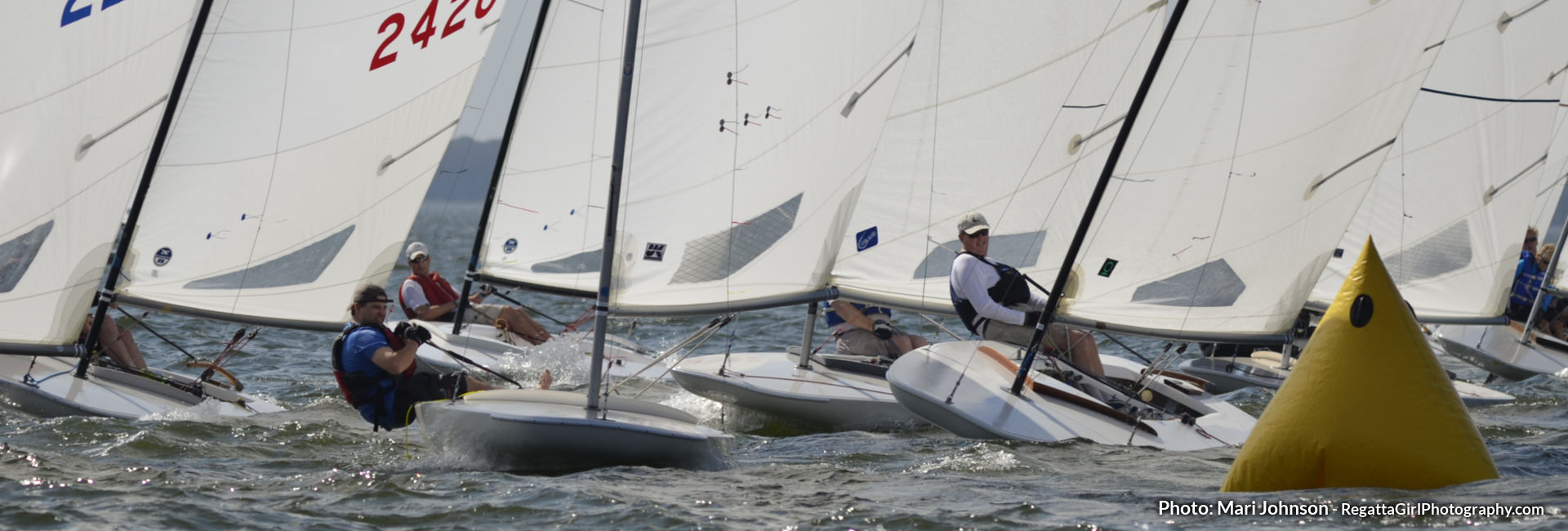Recently, I talked to a sailing instructor who got the opportunity to crew for a top-notch sailor in a national championship regatta. I asked him what he learned. He told me that when the boat was about to sail into a puff, the skipper often said, “be ready to tack.” Although they didn’t always tack in puffs, that was clearly a tactical priority. In contrast, they would studiously avoid tacking in lulls.
In this post, we’ll discuss why you should avoid downspeed maneuvers, such as tacking in lulls, and the advantages of making maneuvers in puffs.
Tacking in Lulls – Increased Penalties
You should never make a maneuver in a lull, unless you really, really, really have a good reason.
Ken Read, in Speed and Smarts Issue #65
Tacking always costs you distance. In lulls, the penalties increase dramatically.
- In a lull, you won’t accelerate well out of the tack.
- You’ll tack through a greater angle. It’s easy to get fooled: you think you are headed, but when you tack you find you are more headed. Now what?
In general, avoid all downspeed maneuvers for similar reasons.
Use Puffs as Cues to Consider Maneuvers
In the perfect world, you would get yourself into a puff and then make your maneuver toward the next puff. For example, don’t wait for the puffs to go past you before jibing. If you wait, you’re out of sync.
Ken Read, in Speed and Smarts
In puffs, the penalties for tacks decrease. More important, you can sharpen your strategy and tactics by using puffs as cues to consider maneuvers.
- Puffs often involve a direction change – lift or header. If you’re ready to tack, you can tack immediately if the puff is a header. You’ll gain boat lengths on those that aren’t prepared.
- Puffs have shape. Look at the puff on the water. If you can stay in it longer by tacking or gybing, it might be worth it, especially if the direction doesn’t favor either tack.
- Puffs are stepping stones. Connecting the dots is a great strategy. Before a puff runs out, you should be looking for the next puff. If you have to tack or gybe to get to it, do it before the current puff goes away.
Sailing Lulls Tips – Part II
Seeing Wind on the Water – Improve Your Skills
Upwind Strategy: Connect the Dots





